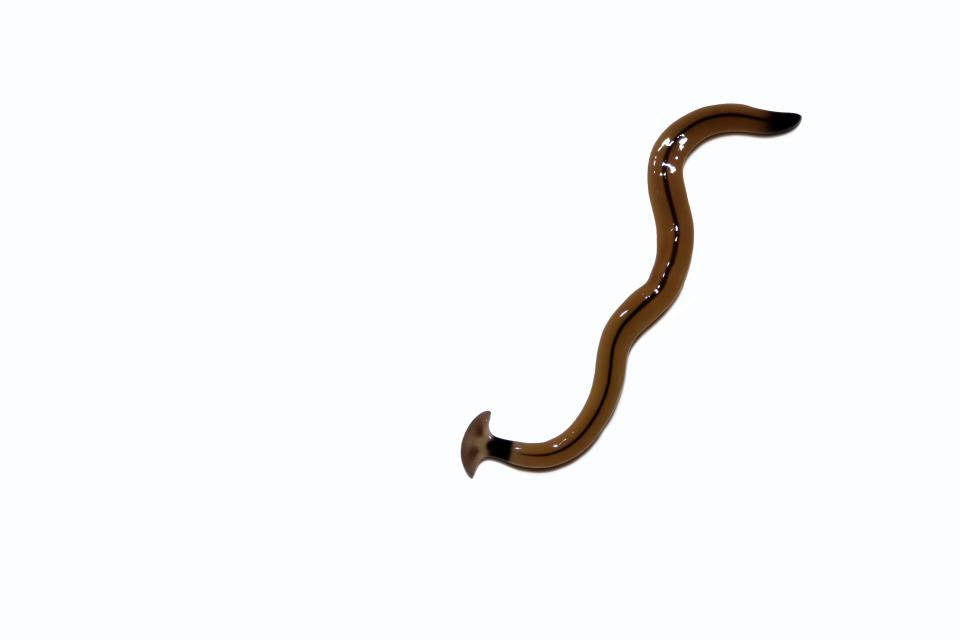If you see an invasive hammerhead worm, don't cut it in half. Here's how to kill them.
Hammerhead worms have been found near the Washington, D.C. area, the latest region to become a home to the invasive species.
Hailing from Southeast Asia and so far preferring hotter climates in the U.S., hammerhead worms are slowly making their way around the country. And beyond being a strange-looking creature you may come across in your yard, hammerhead worms secrete toxins that could be dangerous for humans or pets.
Here's what to know about hammerhead worms.

What is a hammerhead worm?
Hammerhead worms are a terrestrial flatworm with a half-moon shaped head, according to the Texas Invasive Species Institute. Their heads look not unlike the similarly-named hammerhead sharks.
Also known as land planarians or shovel-headed garden worms, their bodies are light colored, and they have one to several strips along their backs. They are also long, up to 15 inches, and narrow, with the exception of their wide, flat heads.
Hammerhead worms' mouths are in an unusual spot, located on the underside of their body toward the middle, and they wrap around their prey to consume it. The species is predatory, eating other organisms that commonly live in dirt like earthworms, snails, slugs and arthropods.
The institute has identified hammerhead worms with natural habitats in Alabama, California, Florida, Georgia, Louisiana, Mississippi, North Carolina, South Carolina and Texas, and in greenhouses in Alabama, California, Georgia, Illinois, Kentucky, Massachusetts, Michigan, North Carolina, New Jersey, New York, Ohio, Oklahoma, South Carolina and Tennessee.
According to the Texas Invasive Species Institute, possible temporary populations have also been found in Arizona, Massachusetts and New Hampshire.
Not just Burmese pythons in Florida: Green anacondas may be breeding in state
Where do hammerhead worms come from?
Then species is native to tropics areas, especially Southeast Asia, Australia, Africa and South America, according to the North Carolina State Extension.
Although the exact date of their arrival in the U.S. is unknown, they likely were introduced to new areas thanks to human trade and movement of items like soil and potted plants around the world.
Are hammerhead worms dangerous?
Hammerhead worms secrete tetrodotoxin, a neurotoxin also found in puffer fish, which can cause a rash if touched with bare hands. The toxin can make pets sick if they consume hammerhead worms.
Wear gloves if you pick up a hammerhead worm, and wash your hands or other skin immediately if you come into contact with one, the University of Arkansas Division of Agriculture Research and Extension warns.
How to kill a hammerhead worm
While there are several ways to effectively kill a hammerhead worm, the Georgia Department of Agriculture does not recommend to "chop up their bodies."
Hammerhead worms are hermaphroditic, meaning they carry both male and female reproductive organs, and it is thought that their primary means of reproduction comes when the worm splits itself into smaller pieces and a new head forms.
Instead, you can put a hammerhead in soapy water, crush them, or apply salt, vinegar or citrus oil to the worm as an effective means to kill them.
Do stink bugs bite? Here's what you need to know about the invasive species' habits.
This article originally appeared on USA TODAY: Hammerhead worms in Virginia, Carolinas, D.C. Here's how to kill them.

